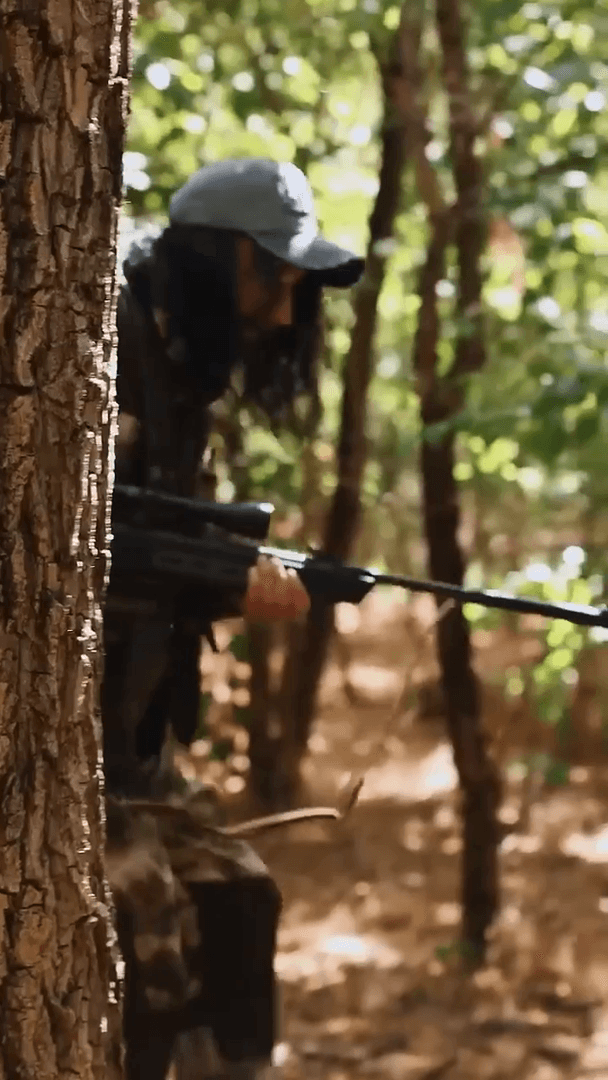
Hunting in Hauts-Bassins: Forest fringes and savannah patches, Bobo-Bwa bush traditions, porcupines and duikers, and locally respected taboos Verdant valleys and contested borders between bush and field The Hauts-Bassins Region, anchored by the regional capital Bobo-Dioulasso, is a landscape in transition — a meeting ground between once-extensive woodlands and ever-expanding agricultural zones. Its terrain blends dense gallery forests, rolling savannah, and riverine basins fed by the Mouhoun and Kou rivers. Historically rich in biodiversity, the region has long supported both wildlife and human settlement, with hunting and farming coexisting across a mosaic of sacred groves, shifting cultivation, and bush corridors. Though modern pressures threaten these balances, hunting traditions persist — not as spectacle, but as silent ritual, woven into the daily pulse of rural life. Bobo and Bwa hunting traditions: patience, ritual, and deep respect In Hauts-Bassins, hunting is practiced mainly by Bobo, Bwa, and Dafing communities, where it holds ceremonial as well as practical significance. The hunter is traditionally seen as a quiet observer, not a conqueror — one who moves through the bush with humility and awareness. Before a hunt, certain chants are spoken to “awaken” the forest and request the favor of the ancestors. Specific groves and water holes are approached with offerings or avoided altogether. While rifles and traps are now common, many hunters still carry talismans or hunt barefoot to maintain connection with the earth’s rhythms. What makes Hauts-Bassins unique in Burkina Faso’s hunting landscape The region’s defining feature is its biodiversity within reach of dense population centers. Though not officially a trophy hunting zone, Hauts-Bassins contains significant wild zones, particularly around the classified forests of Kua, Maro, and Forêt de Kou. The balance between bush and farm is delicate: hunting is common, but so are rituals that govern when and where it is permitted. Sacred groves often serve as informal conservation areas, preserving species and knowledge through cultural protection rather than legal restriction. Here, the hunt is more than food — it’s a whisper from the old forest that still lives in patches between the maize. Species pursued and traditional tracking techniques Hauts-Bassins is home to small and medium-sized game including red-flanked duikers, bush pigs, warthogs, porcupines, civets, cane rats, and guinea fowl. Hares, doves, and francolins are common around cultivated fields. Trapping remains a dominant method — from spring-loaded snares to pitfall traps lined with ash or smoke — though shotguns are also used. Elder hunters still train younger men in bush reading: interpreting broken grass stems, paw marks, and subtle changes in bird calls to locate prey. It’s said that the best hunters need few tools — just time, silence, and understanding. Legal structure and customary enforcement in the countryside As elsewhere, hunting in Hauts-Bassins is regulated under Burkina Faso’s wildlife law, with specific seasonal windows and species protections. However, village elders and family heads often enforce their own restrictions, shaped by tradition. In some communities, hunting is forbidden during sowing or mourning periods. Others hold initiation hunts tied to agricultural festivals, during which specific species are targeted or avoided. The forest is not seen as public domain but as a living territory with memory, limits, and guardians — a view rarely captured in legal codes, but deeply observed in practice. Environmental pressures and the erosion of wild edges Population growth and deforestation for agriculture and fuel have reduced game populations in many areas, particularly around Bobo-Dioulasso. Former hunting grounds are now farmland, and bush corridors have become fragmented. Sacred groves often serve as the last refuges of native species, but even these face encroachment. Still, cultural resilience remains: some communities now designate hunting rest zones, replant medicinal trees, or organize community hunts based on moon cycles to reduce pressure on wildlife. NGO projects have also partnered with local hunters to monitor biodiversity and revive sustainable practices. Ceremony, craft, and the transmission of memory In villages near Houndé and Orodara, the making of hunting tools — traps, slings, or talisman belts — is itself a rite, passed from elder to youth. The first successful hunt is marked by a feast, with meat shared by social rank and blessings given to the hunter’s spirit. Skins and feathers are used in masquerade costumes or stored in family compounds for protection. The hunter is part of the village’s moral architecture — someone who knows when to strike and when to walk away. Quiet walks, disappearing trails, and forest ghosts Along the Kou River, elders say that certain animals — like the forest civet — only appear to those who walk without speaking. In some areas, it’s believed that a successful hunt depends on the hunter’s dreams the night before. One man recalls his grandfather walking miles each day with only a sling and a pouch of ash to read the wind. These stories endure, not in official texts, but in shared silence at the edge of the fields, where the bush begins.
Post: 30 July 10:51




